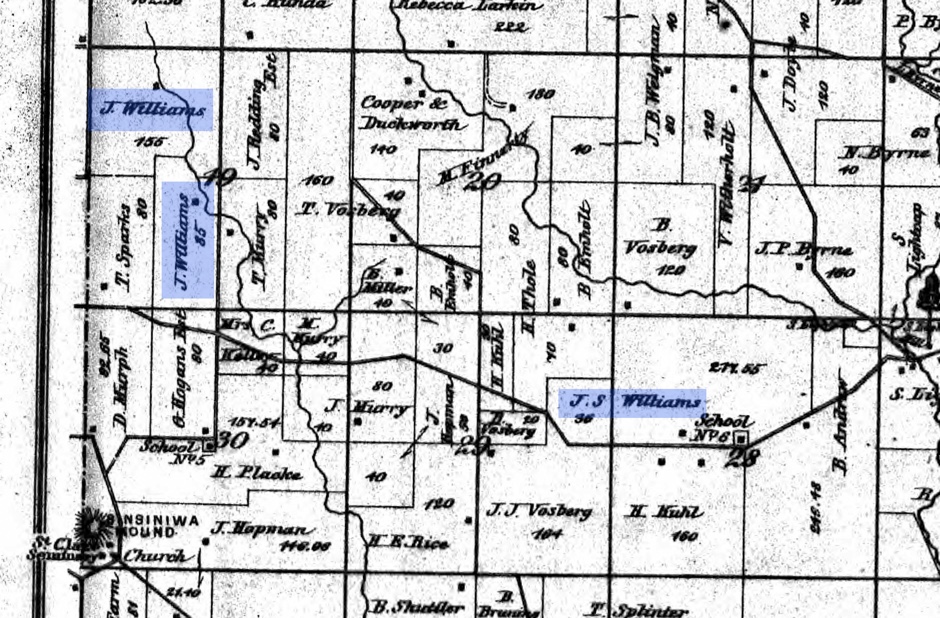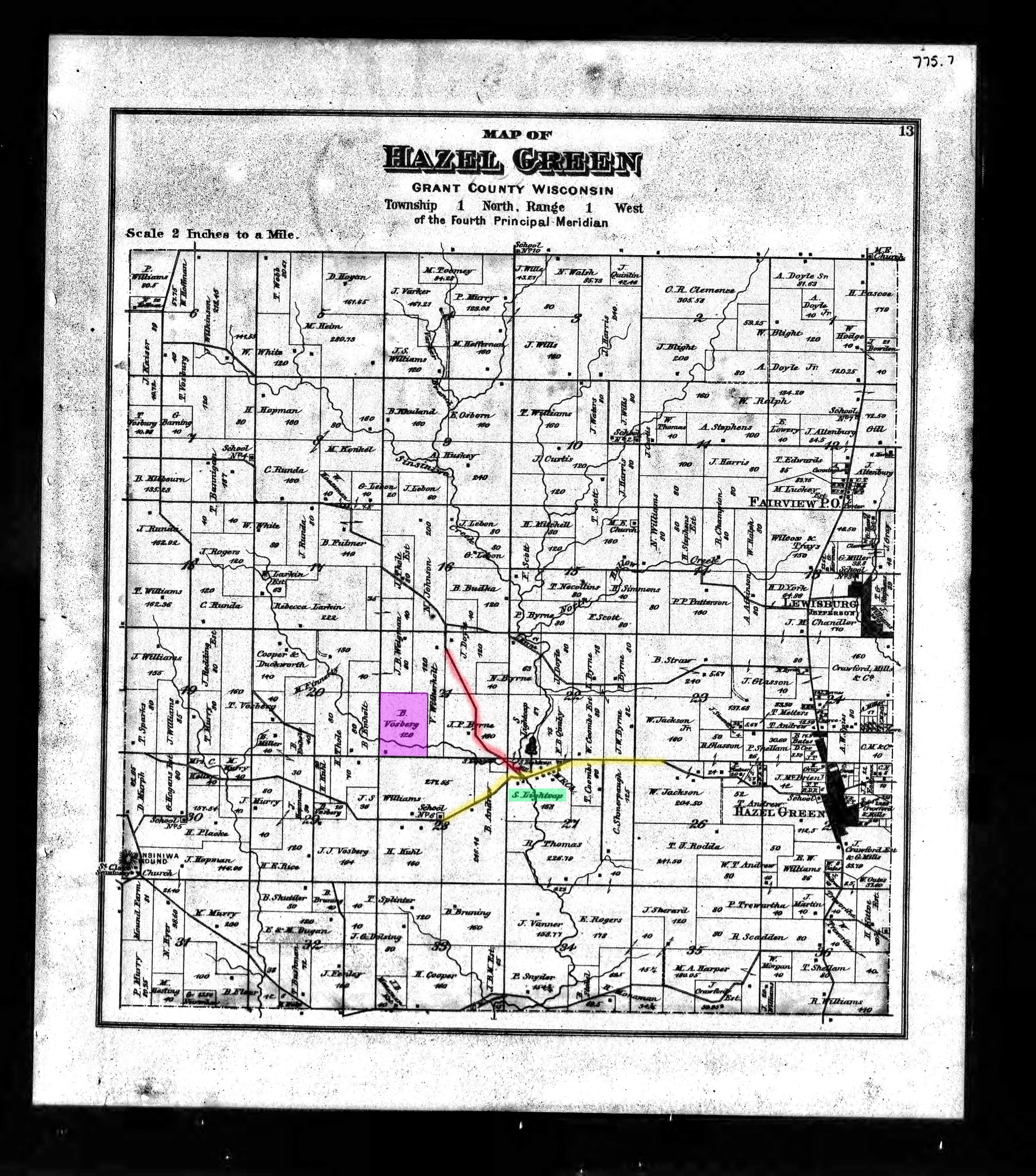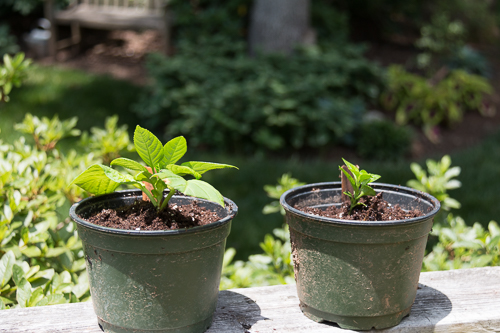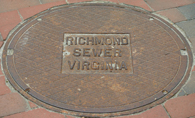I heard this statement on a tech podcast and I was struck by how relevant it is to a genealogical problem I have.
In the grand scheme of things, if I can’t solve this it wouldn’t be the end of the world, since it involves one of my grandmother’s great-uncles, not one of my direct ancestors. But the fact that I’ve been looking at this puzzle for years without resolution really bugs me.
My Grandma Hoff’s grandfather, Andrew Schmieder, born in Germany, had a number of siblings. For the longest time, I was only aware that one brother had also come to the U.S., Ferdinand.
Andrew was the 3rd born, Ferdinand was the youngest of 11, 9 of whom lived to adulthood. I don’t know if Andrew and Ferdinand came to America together or separately, I have not found them on a passenger list. Andrew was married in Grant County, Wisconsin in 1854. Ferdinand married too, but I don’t have a date. I think it likely the marriage occurred in the U.S.
Ferdinand and Maria Elizabeth Keller Schmieder had no children. He must have been fond of his nieces and nephews though, because he was very generous to them in his will which was probated in 1886/1887. His probate file was a goldmine of Schmieder family information for me, as he gave bequests to family members in Germany, naming the town he came from (Kappel) and also in the U.S. I was able to obtain church records from Germany detailing my family there. I was doing the genealogical happy dance!
He mentioned in his will that he was predeceased by his brother Anton who died in Cincinnati, Ohio. That’s all it said. He gave bequests to Anton’s children, Katy, Josephine and Xavier, who were over 21 years of age and lived in Cincinnati. And those were my only clues to track down any living descendants.
And track them I did. But there was an unexpected spelling change and I can’t be 100% sure I found the right Anton. The man I found and the family I traced spells their name “Schmidter,” pronounced “Schmitter.” Although to be fair, the 1850 Census spells this man’s name that way, but in 1860 it’s spelled “Smither.” My Dad always pronounced “Schmieder” as “Smeeder,” so if I try and imagine it with a thick German accent, maybe just maybe I could hear it as Schmitter if I wasn’t familiar with it. But I’m not sure how it morphed into Schmidter. And also to be fair, the Schmidter spelling wasn’t just made up, I’ve found the name in other census records for other families. If I couldn’t find anyone else with the spelling I’d feel sure I had the right guy.
And the family doesn’t know who their Anton’s family was or where exactly he came from in Germany. So they don’t have any information to contradict what I have, but they can’t confirm any of it, either.
I sat down and made a chart of the strong but circumstantial evidence to support my hypothesis that Anton Schmidter of Cincinnati, Ohio was the same person as Anton Schmieder of Kappel, Baden, Germany. (The screenshot is rather small, try the link if you need it larger.)

anton schmieder vs anton schmidter circumstantial evidence comparison 11.02.18
So where do I go from here? DNA!
I tested my Dad at Ancestry back in 2016. One of the Schmidter descendants also tested at Ancestry.
They do not match.
I keep searching Dad’s match list for names in the Schmidter family tree and there are none, nada, zip, zilch.
What does this mean? There are a few possibilities:
- The obvious: my hypothesis is wrong
- Dad and descendant would be 3rd cousins twice removed (3C2R) if related. Due to the way autosomal DNA works, there’s a 50/50 chance on average they’d shared enough DNA to show up as a match.
- Family members of descendant have not tested
And this brings me to the title of this post: Absence of Evidence is not Evidence of Absence.
I’m not ready to give up yet. I still have work to do. Descendant says he has uploaded to Gedmatch. I need to get his number and look at his shared matches, see if he matches other Schmieder cousins who have tested. I need to persuade descendant to upload to MyHeritage. I put Dad’s test data there, but I have not identified any Schmieder matches there yet. MH has the reputation of having more European testers than Ancestry, so would have another pool of potential matches. (If we can’t match in the US maybe we can match in Germany.) I need to persuade other Schmieder cousins on Ancestry to also upload to MH. I need to pull out those German church records and make sure I didn’t overlook a death date for Anton Schmieder. If I don’t see one, I need to go back to the holder of those records and see if they have a death date listed somewhere else.
Update: I have looked at descendant’s Gedmatch data, there is no match to Dad and his match list doesn’t include any names I’m familiar with. If any of his family members have tested somewhere, it doesn’t look like they have uploaded to Gedmatch.
I looked at the church record for Anton and there is no death date. This tells me that Anton Schmieder did not live locally when he died and news of his death did not reach the priest back home. But that in itself is proof of nothing.
It’s time to just let this sit and revisit the match lists once a year. It’s likely to be one of those mysteries without a tidy conclusion. 😦


































